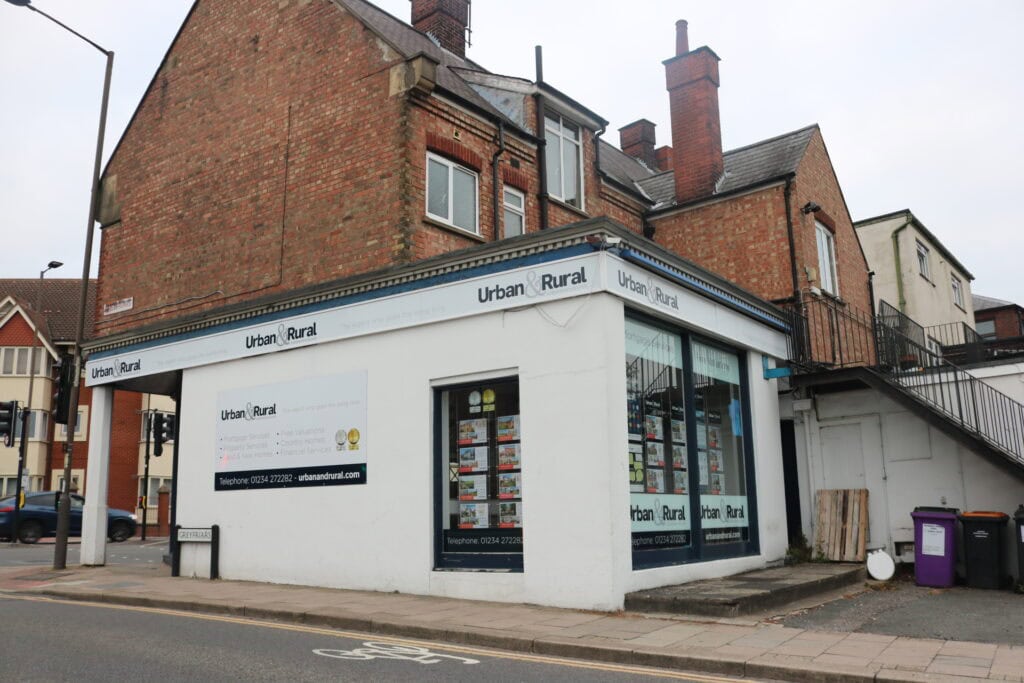Get Expert Investment Financing
- Matched with investor-friendly lenders
- Fast pre-approvals-no W2s required
- Financing options fro rentals, BRRRR, STRs
- Scale your portfolio with confidence
Educational Content | Not Financial Advice | Connect with Licensed Professionals
University neighborhoods are a goldmine for real estate investors. With a constant influx of students, faculty, and staff, demand for housing in these areas remains strong year-round. But when it comes to investing in these properties, which strategy is better: the buy-and-hold method or the fix-and-flip approach?
In this article, we’ll break down the key differences between the two investment strategies, especially as they relate to properties near universities. We’ll also explore which strategy suits different investor goals, risk tolerances, and timeframes.
Buy-and-hold is a long-term investment strategy where you purchase a property and rent it out over a prolonged period. This method focuses on steady cash flow and appreciation over time. Investors often enjoy consistent rental income, tax benefits, and property value growth.
Also known as fix-and-flip, this strategy involves buying undervalued properties, renovating them quickly, and reselling them at a profit. The key here is speed and margin—you want to capitalize on short-term market trends without holding the property for long.
| Metric | Buy-and-Hold | Flip Strategy |
| Timeframe | Long-term (5–30 years) | Short-term (3–12 months) |
| Cash Flow | Steady monthly rental income | One-time profit after sale |
| Tax Benefits | Depreciation, mortgage interest | Capital gains tax |
| Risk Level | Lower, market volatility is absorbed | Higher, market shifts can hit margins |
| Effort | Ongoing management | Intense, short-term renovations |
Internal Link Opportunity: Learn how to market rental properties to college students effectively
Thinking about flipping a university property? Let our real estate pros help you assess the risk and reward.
Want to build long-term wealth near campus? Start with our guide to university rental investments.
It depends on your timeline and capital. Buy-and-hold typically offers greater long-term ROI through rental income and appreciation, while flipping can generate higher short-term profits.
Yes, especially if there’s strong demand for renovated properties before the school year begins. However, timing and renovation quality are critical.
Multi-unit properties or single-family homes with 3–5 bedrooms close to campus usually perform best due to high rental demand.
Both buy-and-hold and flip strategies offer lucrative opportunities near universities—but they cater to different investor profiles. Buy-and-hold is ideal for those playing the long game, while flipping suits hands-on investors looking for fast returns.
Still unsure which path to take? Contact us today for a free consultation tailored to your goals.
This article is for educational purposes only and does not constitute financial, legal, or investment advice. Mortgage rates, terms, and requirements vary by lender and individual circumstances. Always consult with qualified, licensed mortgage professionals before making financial decisions. REInvestorGuide.com may receive compensation from featured lenders and service providers.
Our advise is based on experience in the mortgage industry and we are dedicated to helping you achieve your goal of owning a home. We may receive compensation from partner banks when you view mortgage rates listed on our website.


